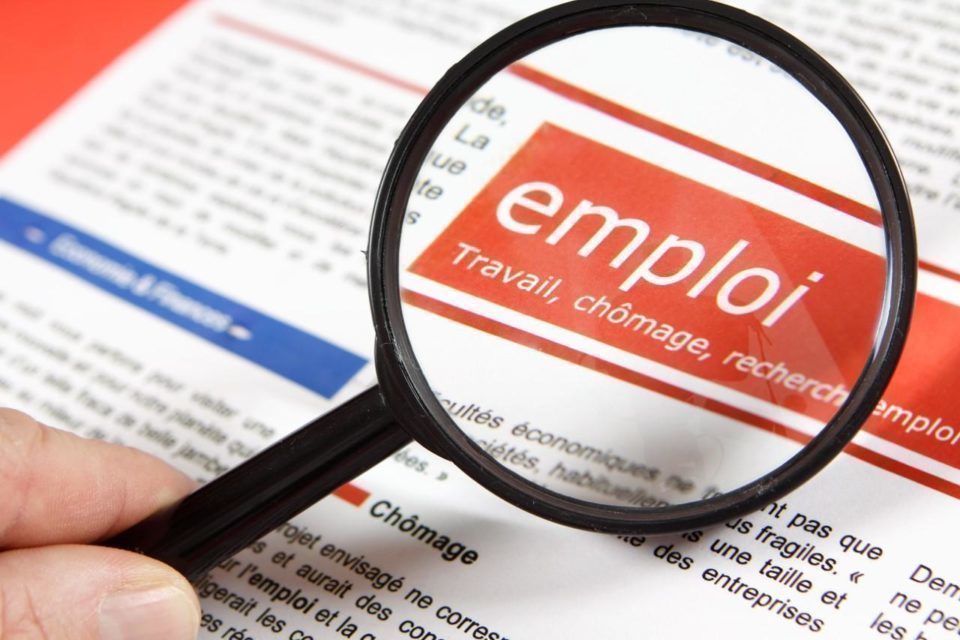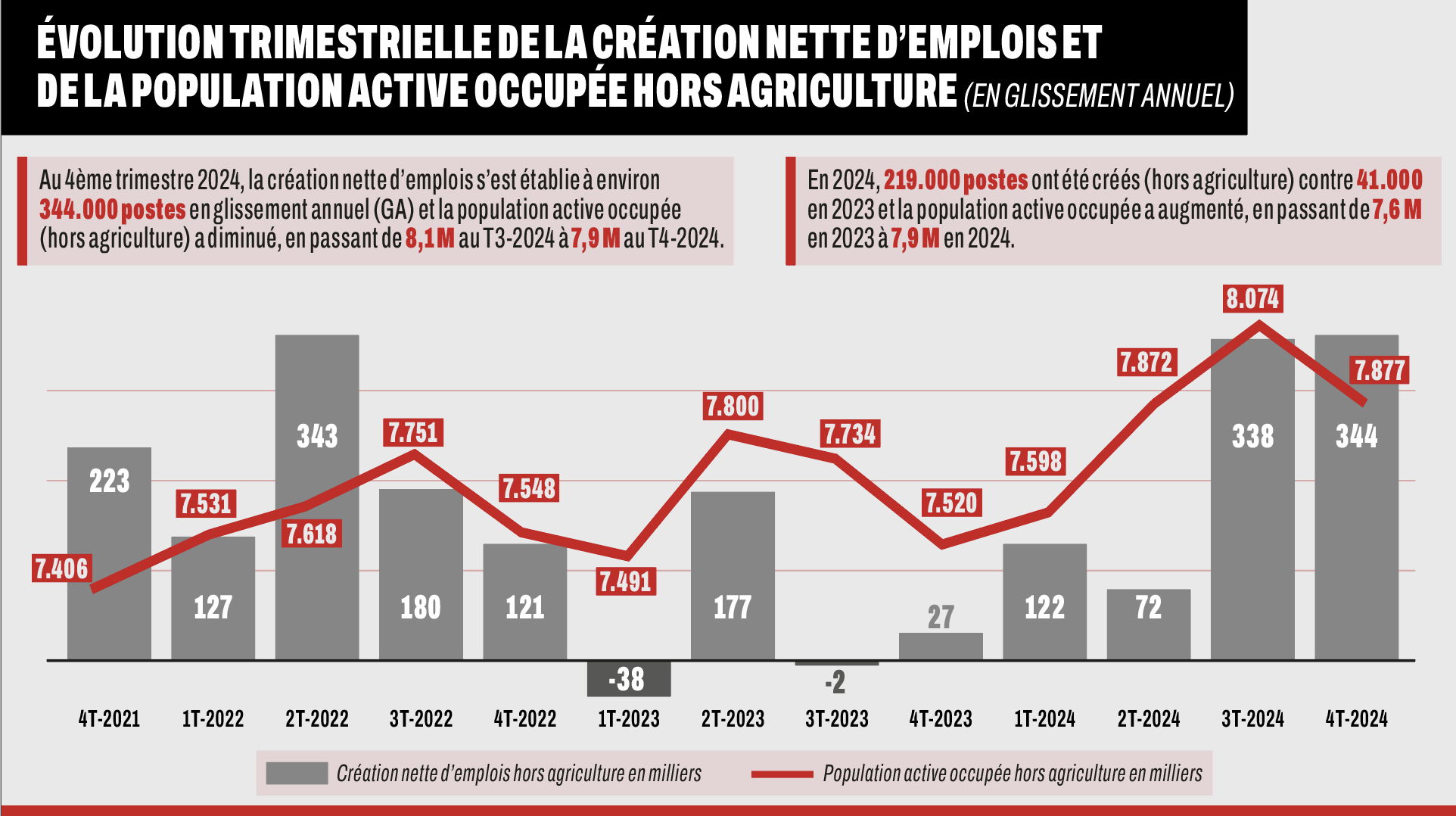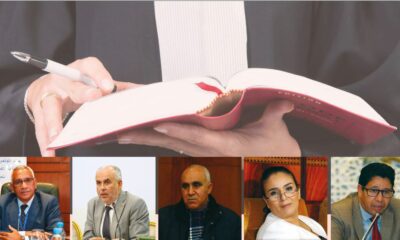Kingdom
Action Plan: 5 Pillars and 8 Initiatives to Be Implemented Within 24 Months
Ensuring dignified employment for over 12 million Moroccans by 2030, including the creation of more than 1.45 million new jobs, is the objective of the government’s roadmap, backed by a budget of 15 billion dirhams (MMDH).

Elevated as a priority, especially since the beginning of the second half of its term, the government has taken the time to prepare a quantified, budgeted action plan with concrete measures and clear objectives. These objectives include the creation of at least 1.45 million jobs by 2030 and reducing the unemployment rate to 9%.
This means 12.1 million Moroccans will have dignified, remunerated occupations that allow them to meet their needs under optimal conditions. The action plan, or roadmap, is structured around five pillars and several priority interventions, with a significant portion scheduled for implementation over the next two years.
Three short-term interventions aim to secure the net creation of 350,000 sustainable jobs by 2026. The first intervention involves supporting VSEs/SMEs by accelerating the implementation of the Charter for Investments between 1 and 50 million dirhams (MDH) to launch new projects, expected to generate 35,000–40,000 jobs. Second, by strengthening Active Employment Policies (Idmaj, Tahfiz, Taehil), expanding apprenticeship programs, and introducing a tailored employment grant for micro-enterprises (TPEs), these measures aim to achieve 422,500 job placements by 2025, supported by an additional budget of 2 billion dirhams (MMDH). The third intervention focuses on mitigating agricultural job losses through actions promoting a return to cereal cultivation areas exceeding 4 million hectares and employment via an action plan to be defined by the Ministry of Agriculture, Maritime Fisheries, Rural Development, Water, and Forests.
Governance Framework
By 2026, deeper employment challenges will be addressed through five priorities. The first priority involves consolidating active employment policies under a unified employment grant to incentivize job creation within companies. The second priority is enhancing the roles and responsibilities of the National Agency for Employment and Skills (Anapec) by establishing an integrated intermediation pathway, starting with “Career Centers” in the national education system and providing personalized support for all unemployed individuals. The third priority centers on reducing barriers to women’s workforce participation, including by developing local childcare models and ensuring safe transportation. The fourth priority aims to reduce school dropout rates by one-third by 2026 (to 200,000 students, down from 300,000 today). The fifth priority focuses on improving training programs to align them with labor market needs and ensure flexibility.
Finally, as the cornerstone of the roadmap’s successful implementation, the governance framework for this national strategic initiative revolves around three components: steering and monitoring the roadmap’s implementation, data governance, and a dedicated unit to track the progress of interventions.
To carry out this roadmap, the government has approved an additional budget of 15 billion dirhams (MMDH) under the 2025 Finance Law. A supplementary allocation of 12 MMDH will be dedicated to stimulating investment, aimed at driving value creation and translating it into jobs through the continued implementation of the new Investment Charter. Additionally, 1 MMDH will be allocated to rural areas to mitigate the effects of drought, and 2 MMDH will be directed toward improving the efficiency of employment promotion programs.














